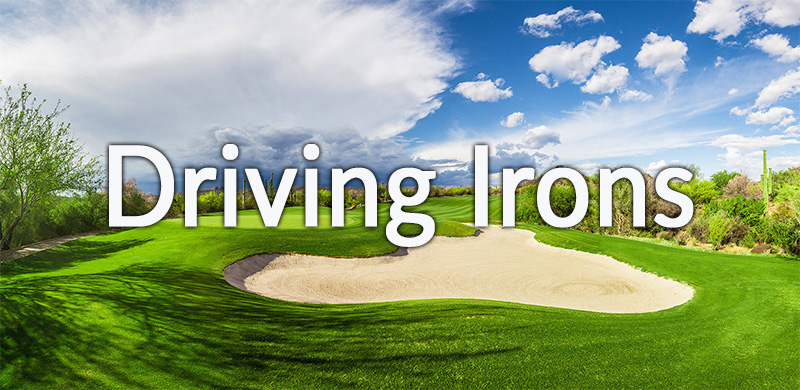By ED TRAVIS
Many club manufacturers have recently introduced offerings to the driving iron category. You may have even noticed an uptick in marketing the super-powered low-lofted clubs. That occurred particularly around the Open Championship at Carnoustie, where stinging iron shots off the tee were all the rage.
That extra exposure may partly be why someone asked me the other day: “What exactly is a driving iron and why do I need one?”
Firstly, you probably don’t need one unless you have a higher-than-average swing speed, but let’s explore the first question to fully understand why.
Twenty years ago, a few specialty clubs populated the driving or utility iron category. However, TaylorMade Golf, with all their club design and marketing expertise, then introduced the Rescue club. It caught on fast and helped create a new category of clubs called hybrids – with Adams Golf soon becoming a category leader with the “upside-down” Tight Lies clubhead. As hybrids developed, several makers made significant strides with the easy-to-hit and forgiving clubs that drove long irons out of the bag for recreational players.
Results for average players were dramatic. Rather than struggling to master 2, 3 or 4 irons, it was much easier to substitute hybrids that consistently got the ball airborne with good distance from almost any lie.
Elite players with higher swing speeds tended to keep long irons, although they might have carried a hybrid for special situations. They liked having the lower more controllable trajectory that irons could provide; something hybrids of the similar lofts could not achieve. While hybrids got the ball up in the air, they were hard to hit exact yardages – something elite players deem a must-have.
This need was filled by the modern driving iron, which has a somewhat larger head than traditional long irons. Since almost all have a hollow construction, they can have more face flex at impact than typical irons and can generate extremely fast ball speeds. Heavier clubheads give them more consistent trajectory than hybrids, though in fact most users do not see a distance increase.
Driving irons do however have a special appeal to those wanting an iron-like profile, not the “mini-fairway wood” look of hybrids, and the ability to more precisely control trajectory and distance.
If a driving iron could be a reasonable addition to your set, here are the ones we like:
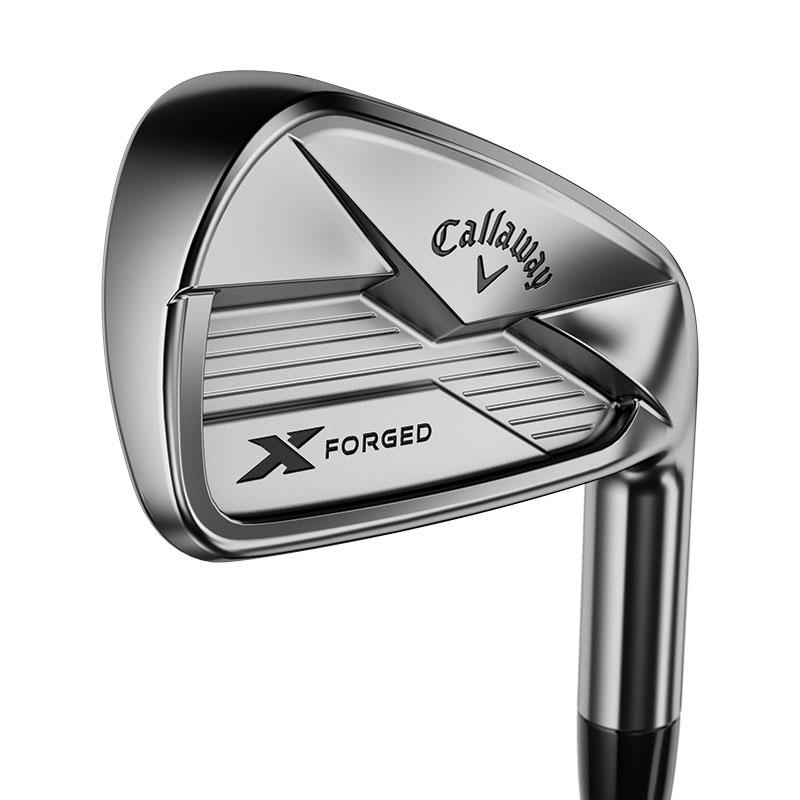 |
• Callaway X-Forged UT ($250 steel shaft): A tungsten-infused insert increases MOI. It features an iron-like head shape, 360 face cup technology and a CG positioned to promote forgiveness. Lofts: 18°, 21°, 24°, 27°, 30° |
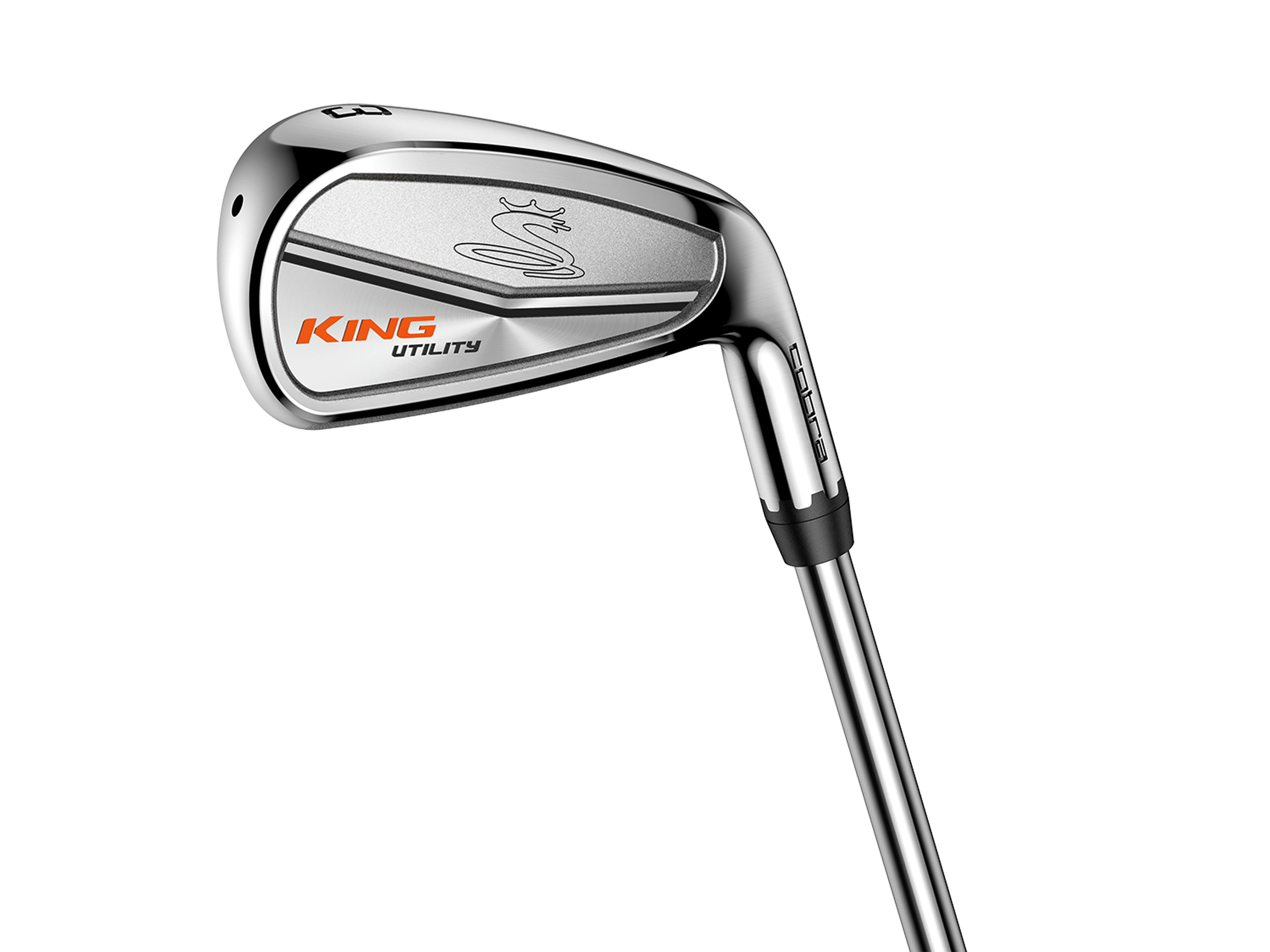 |
• Cobra KING Utility ($200 steel shaft): The hollow body construction features a low center of gravity with a high-strength stainless steel face that flexes for more distance. A thin PWRSHELL body and tungsten toe weighting accent it. Lofts: 18°, 21°
|
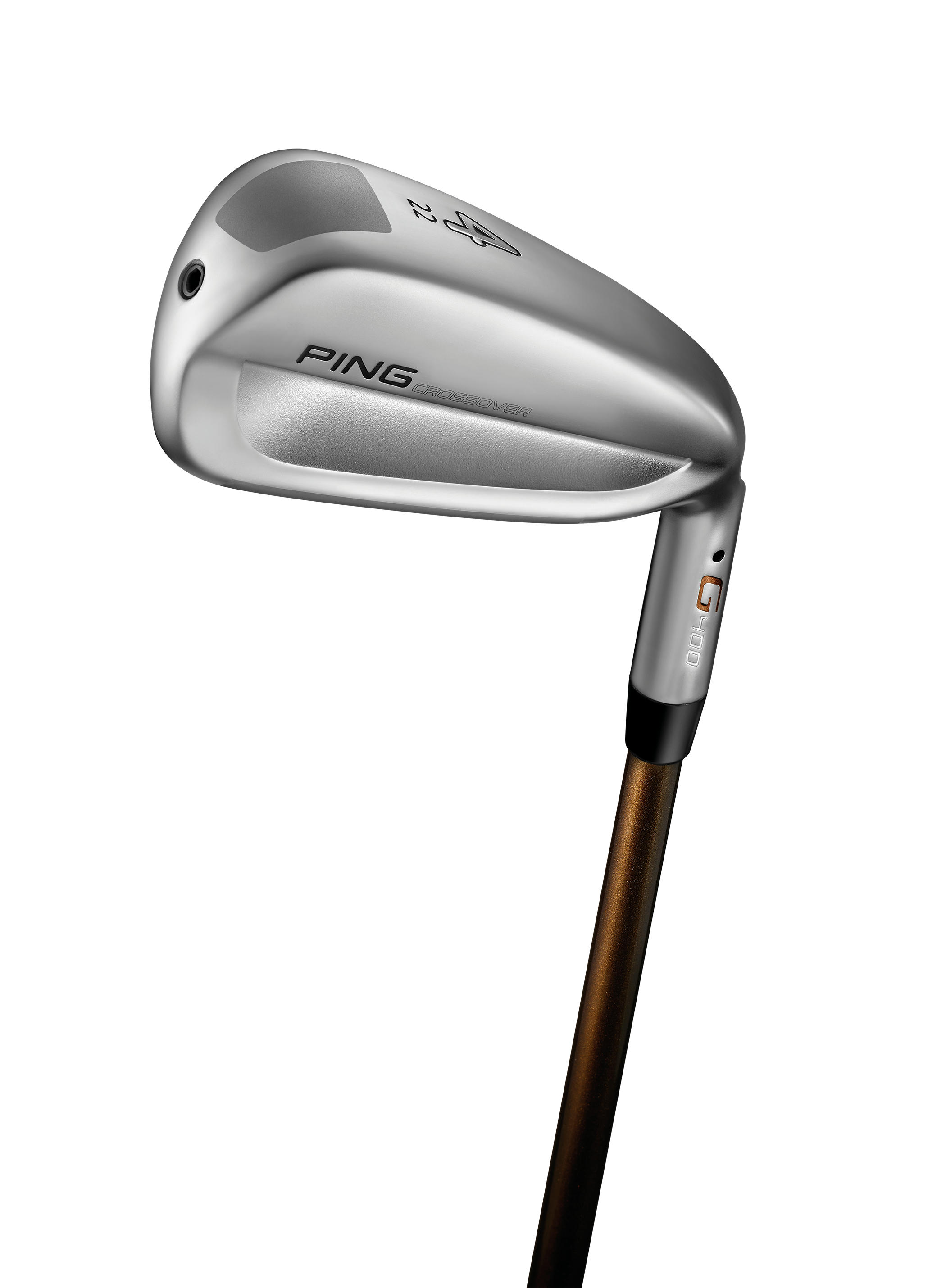 |
• Ping G400 Crossover ($229 graphite shaft): With a CG positioned for control and a 20-gram tungsten toe weight to resist twisting, it’s designed be forgiving and accurate. A machined thin maraging steel face promotes distance while a narrower sole reduces turf drag, all packaged inside a Hydropearl finish. Lofts: 19°, 22°, 25° |
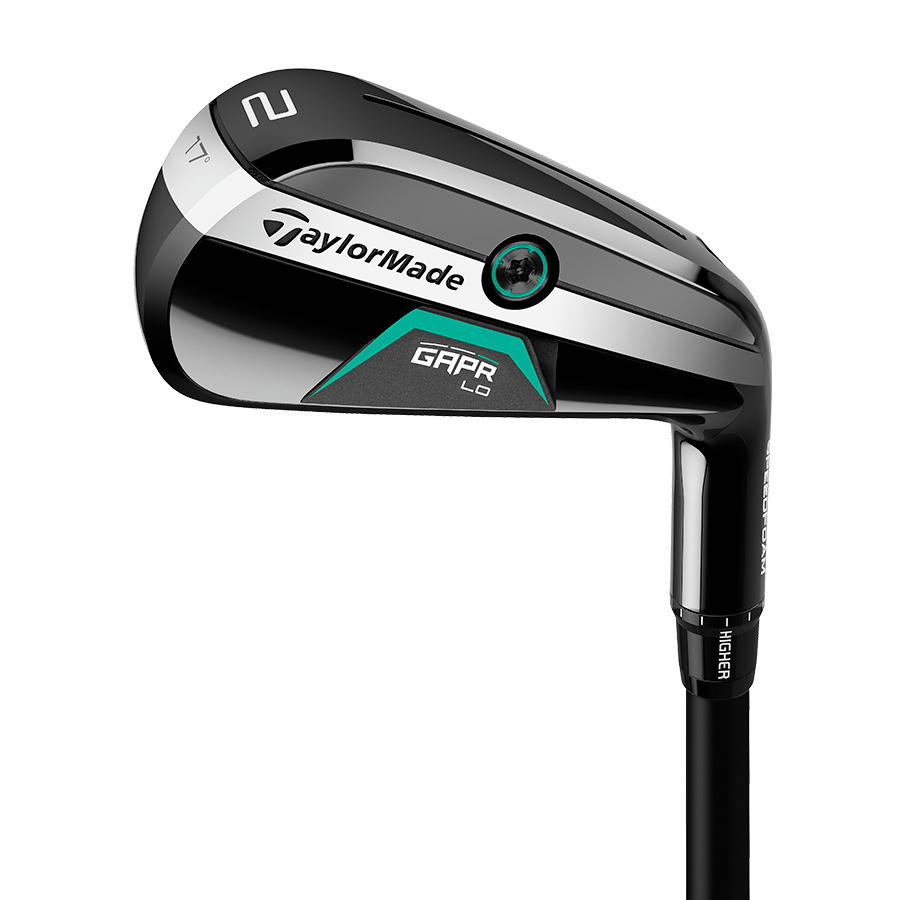 |
• TaylorMade GAPR LO ($250 graphite shaft): A smaller “player’s” profile head, Speed Pocket and hollow clubhead injected with SpeedFoam combine to increase ball speed. It features a low-forward center of gravity and Loft Sleeve adjustability. Lofts: 17°, 19°, 22° |
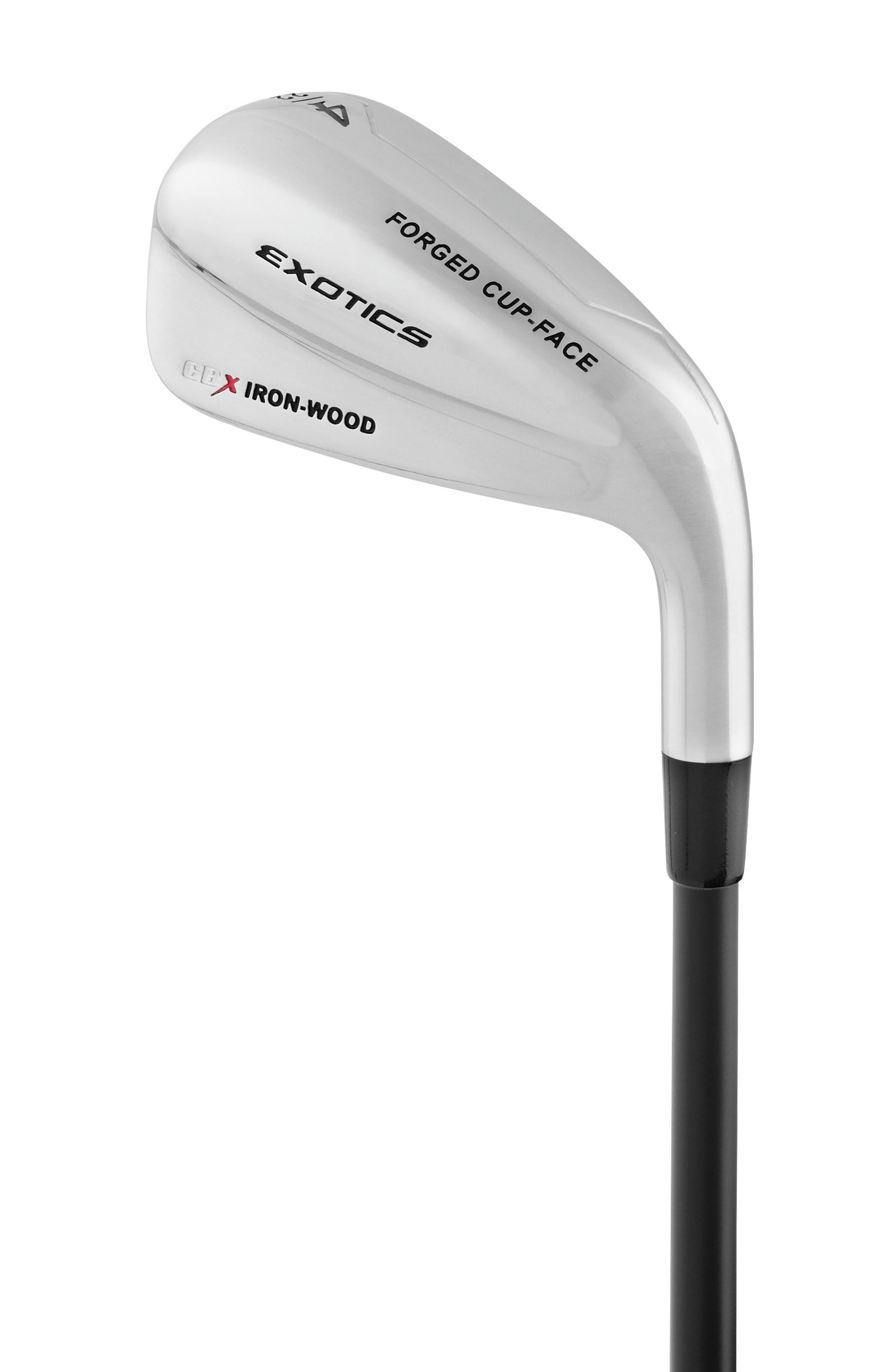 |
• Tour Edge CBX Ironwood ($200 graphite shaft): A hollow body design and rounded hybrid-like sole make it more forgiving. The L-Cup variable thickness forged face offers maximum rebound and low spin trajectory for added distance. Lofts: 17°, 19°, 22°, 25° |

